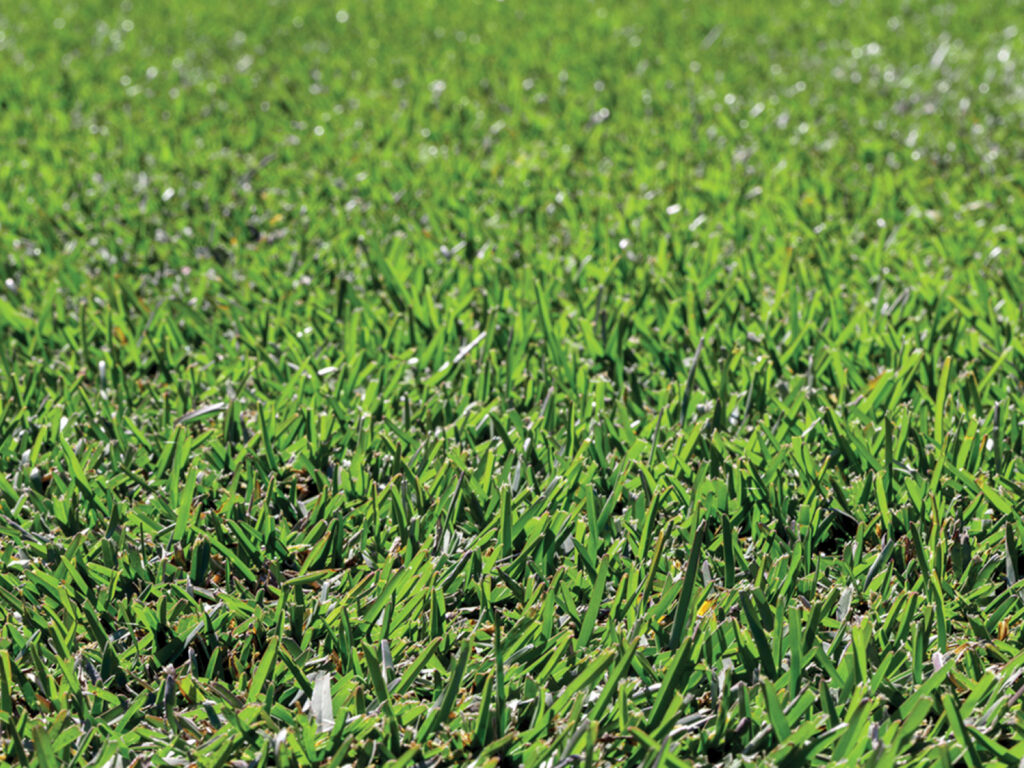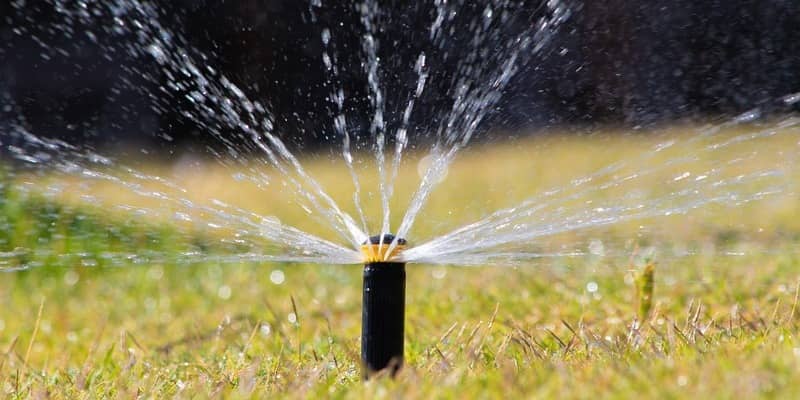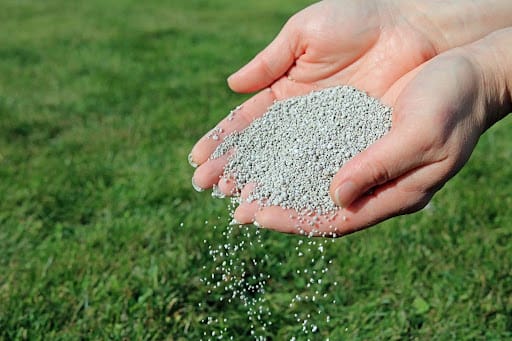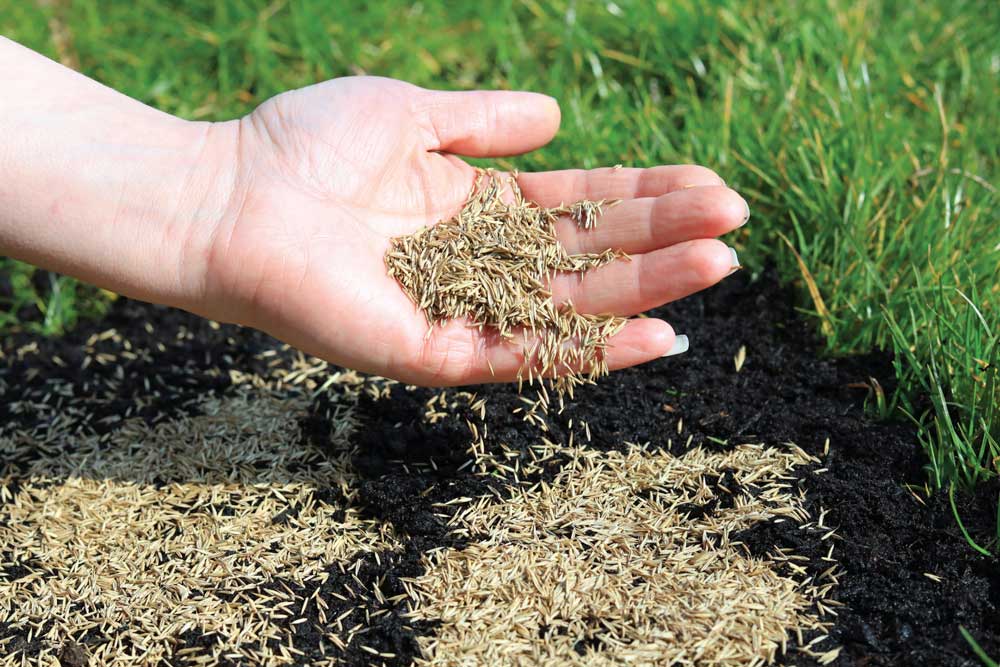Best Lawn Care Tips for New Homeowners: A Complete Beginner's Guide
By Innovation Grounds
Becoming a homeowner is exciting, but it comes with new responsibilities—including lawn care. A lush, green lawn not only boosts curb appeal but also increases your home’s value. If you’re new to lawn maintenance, don’t worry—we’ve got you covered.
In this guide, we’ll walk you through essential lawn care tips for new homeowners, covering seasonal tasks, tools, and simple strategies to grow and maintain a healthy lawn year-round.
Know Your Lawn Type
Before you start fertilizing or mowing, it’s important to understand what type of grass you have. Common types in North America include:
Kentucky Bluegrass
Bermuda Grass
Fescue
Zoysia
Each type has its own care needs. Warm-season grasses like Bermuda thrive in southern climates, while cool-season varieties like Fescue are better suited for northern areas.
Pro tip: Contact your local extension office or nursery to identify your grass type.

Invest in Basic Lawn Care Tools
As a new homeowner, you don’t need every tool on the market. Start with these essentials:
Lawn mower (preferably with adjustable blade height)
Garden hose and sprinkler
Rake and leaf blower
Weed puller or herbicide
Soil tester kit
These tools are enough to get you through the first year of lawn maintenance and help you learn what works best for your yard.

Mow Smart, Not Short
A common mistake new homeowners make is mowing their grass too short. While it may seem tidy, scalping your lawn can lead to:
Weaker root systems
Increased weed growth
More frequent watering needs
Best practice: Never cut more than one-third of the grass blade at a time. Keep blades sharp and alternate mowing patterns to avoid ruts.

Water Deeply and Less Often
New homeowners often assume more water equals a greener lawn. Not true! Frequent, shallow watering encourages weak roots. Instead, aim for:
1 to 1.5 inches of water per week, including rainfall
Early morning watering (between 6 a.m. and 10 a.m.)
Deep watering sessions 1–2 times per week
Consider a smart sprinkler system to help automate and conserve water.

Fertilize Wisely
Fertilizer can transform your lawn, but timing and type matter. Choose a slow-release fertilizer appropriate for your grass type and apply it in spring and fall for cool-season grasses, or late spring and summer for warm-season lawns.
Always read product labels, and avoid over-fertilizing—it can burn your grass and harm the environment.

Don’t Ignore Soil Health
Healthy grass starts from the ground up. Use a soil test kit to measure pH levels and nutrient content. Most lawns thrive in slightly acidic soil (pH 6.0–7.0).
If your soil lacks nutrients, consider adding compost, lime, or sulfur to balance it out naturally. Aerate your lawn once a year to break up compacted soil and improve airflow to the roots.

Keep Weeds Under Control
Weeds compete with grass for sunlight, water, and nutrients. As a new homeowner, take a proactive approach:
Use a pre-emergent herbicide in early spring
Spot treat visible weeds with safe post-emergent sprays
Keep your lawn thick and healthy to naturally crowd out weeds
Regular mowing and proper watering can significantly reduce weed growth over time.

Plan for Seasonal Lawn Maintenance
Every season brings different lawn care needs:
Spring: Test soil, apply fertilizer, start mowing
Summer: Water deeply, mow high, treat pests
Fall: Fertilize, overseed, rake leaves
Winter: Clear debris, avoid foot traffic on frosty grass
Following a simple seasonal schedule will help your lawn thrive year-round.

Overseed for a Thicker Lawn
If your yard has bare patches or thin grass, overseeding is a great fix. Fall is the best time for cool-season grasses, while late spring works for warm-season varieties.
Loosen the soil, spread seed evenly, and keep the area moist for at least two weeks. A thicker lawn resists weeds and drought more effectively.

Be Patient and Consistent
A beautiful lawn doesn’t happen overnight. It takes time, care, and a little patience. By following these beginner-friendly lawn care tips, you’ll build a solid foundation and avoid common mistakes.
With consistent care, your lawn will become one of your home’s best features.

Final Thoughts
Caring for your lawn might feel overwhelming at first, but it’s actually a rewarding part of homeownership. By knowing your grass type, using the right tools, and following a seasonal maintenance plan, you’ll be well on your way to a lush, healthy yard.
Looking for more tips? Subscribe to our newsletter for seasonal lawn care checklists, tool reviews, and expert landscaping advice!


